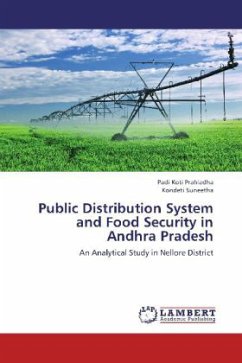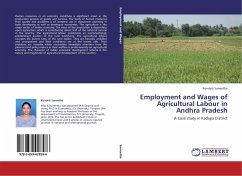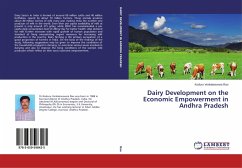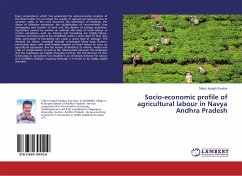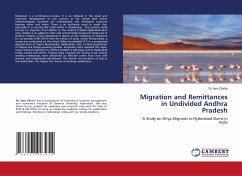In India rationing system was introduced at the time of World War-II by the British Government. Through the rationing system the government provided rice, wheat and some of the other items to the ration card holders. It was carried out by the department of Food. After the war in 1943 the rationing system was abolished by the British Government. After Independence the government reintroduced the rationing system in 1950 to distribute food at low prices. It was called National Food Security System (NFSS). In order to strengthen the PDS, the government of India established the Food Corporation of India (FCI) in 1964. It ensures the Food security in our country. In this chapter an attempt is made to take a introduction and related review of the literature on public distribution system in India. The studies reviewed here are macro-level as well as micro-level based on secondary and primary data and conducted for different parts of the country.
Bitte wählen Sie Ihr Anliegen aus.
Rechnungen
Retourenschein anfordern
Bestellstatus
Storno

